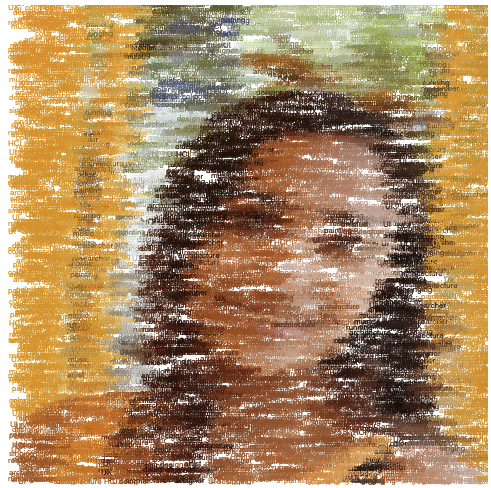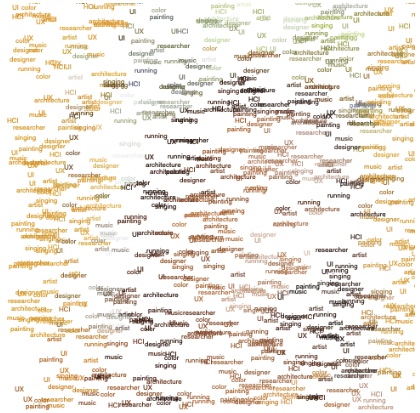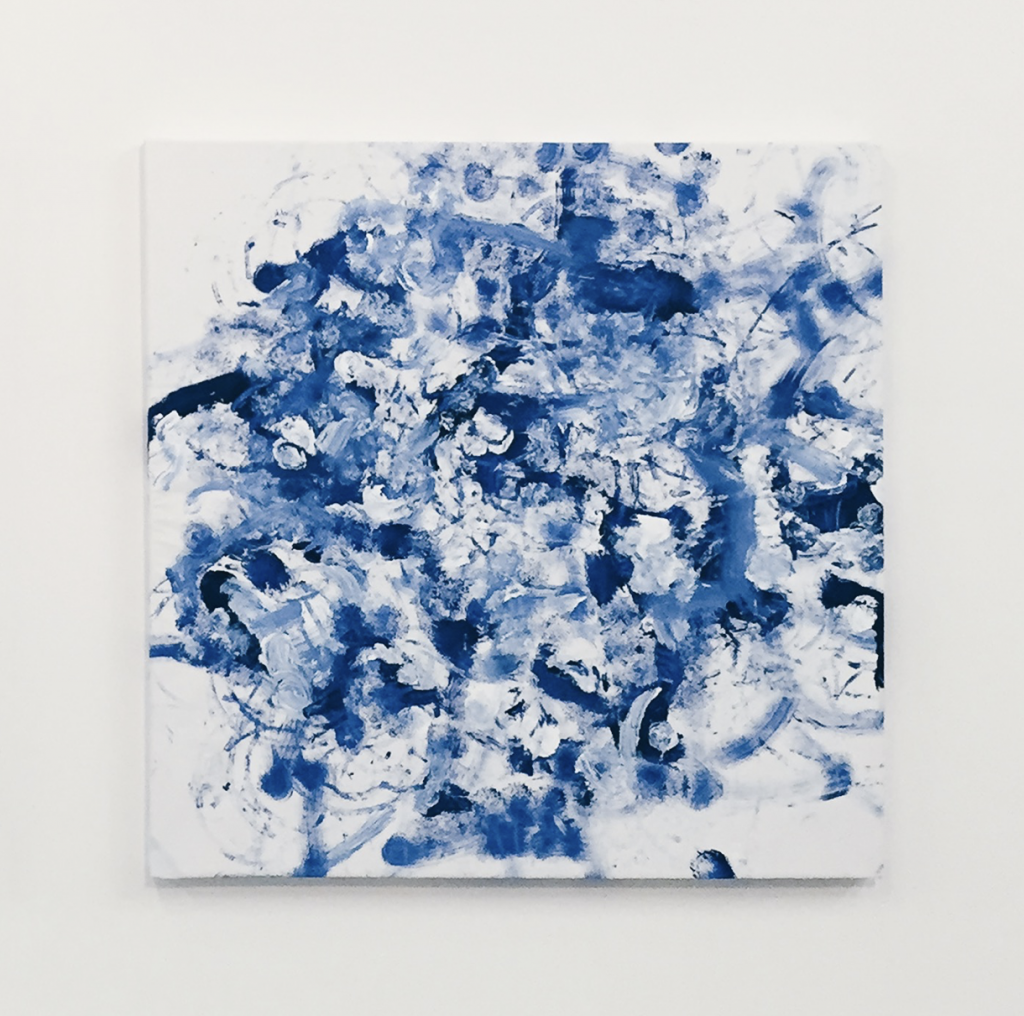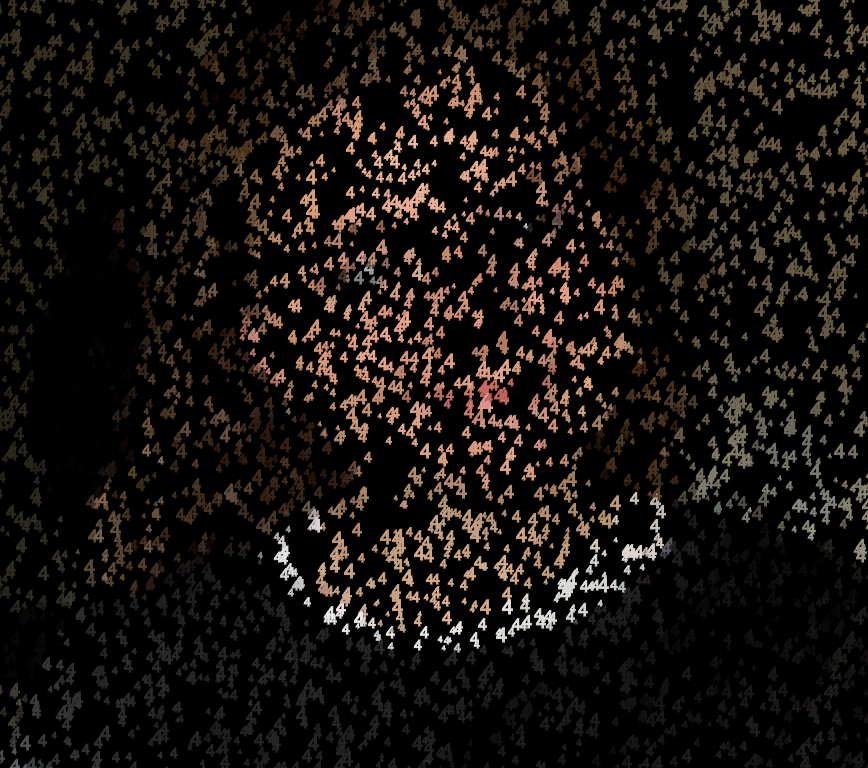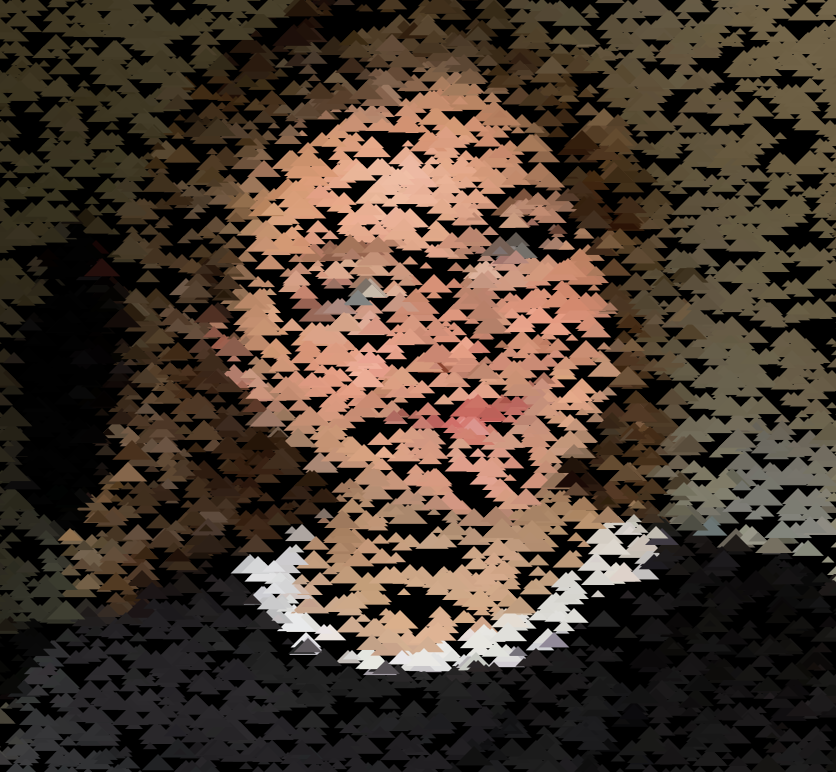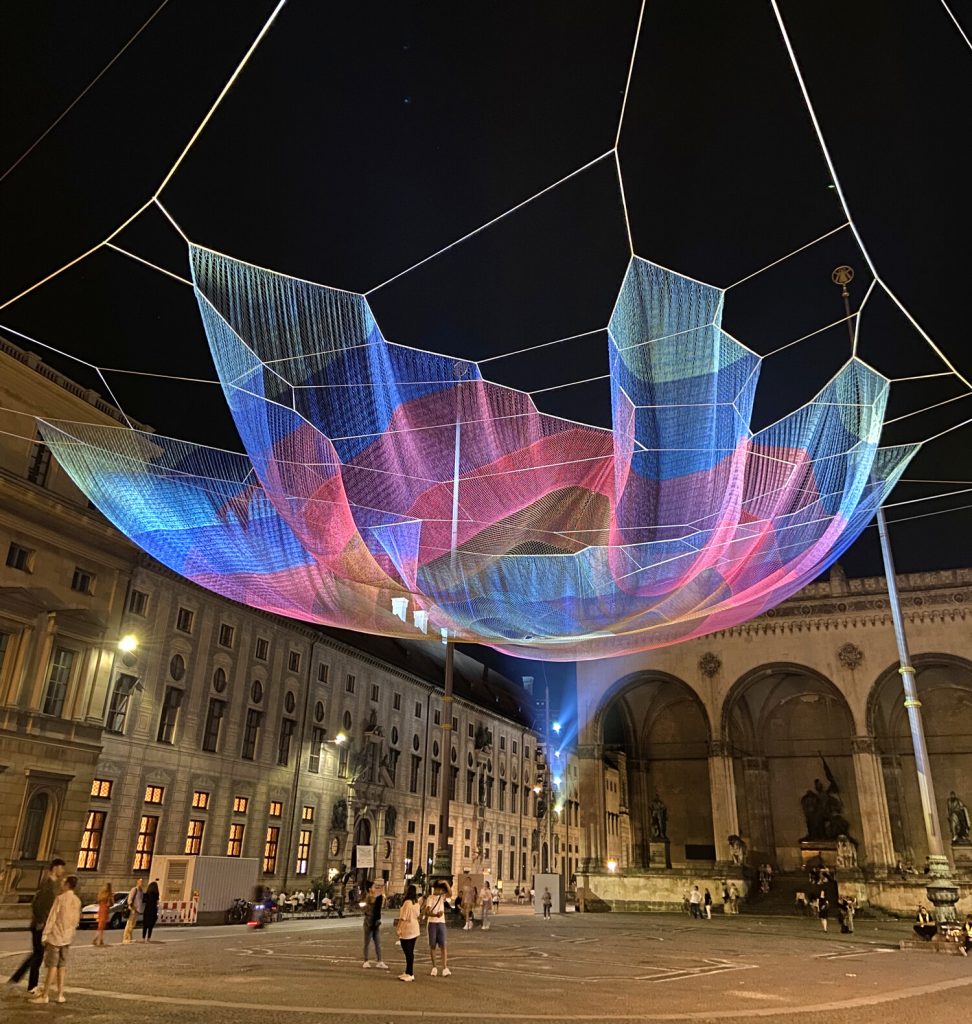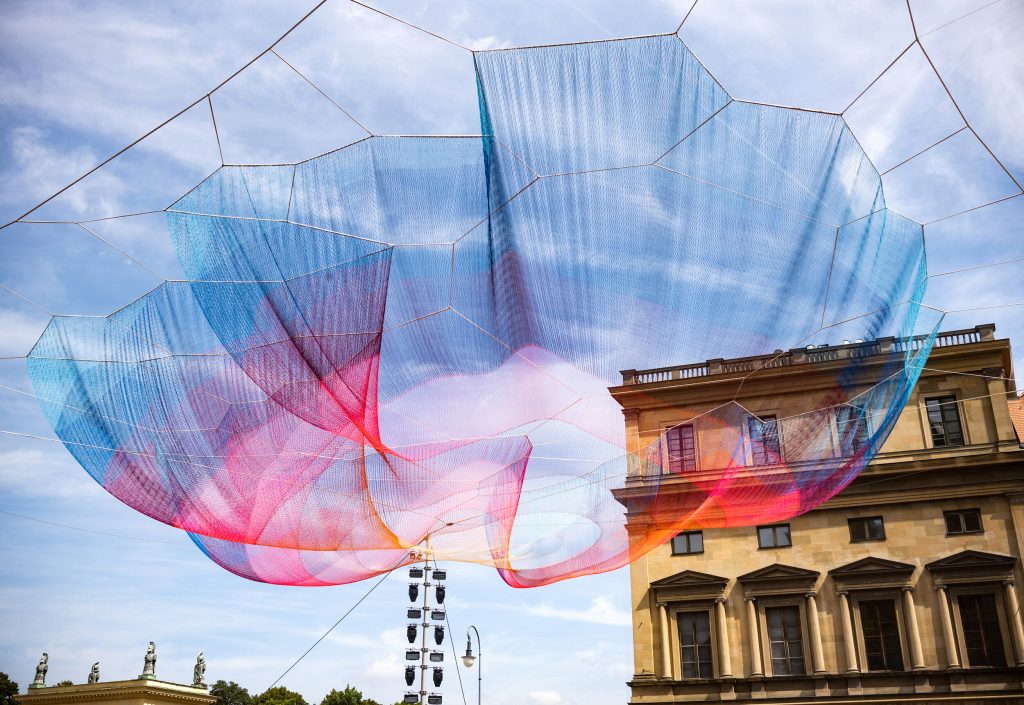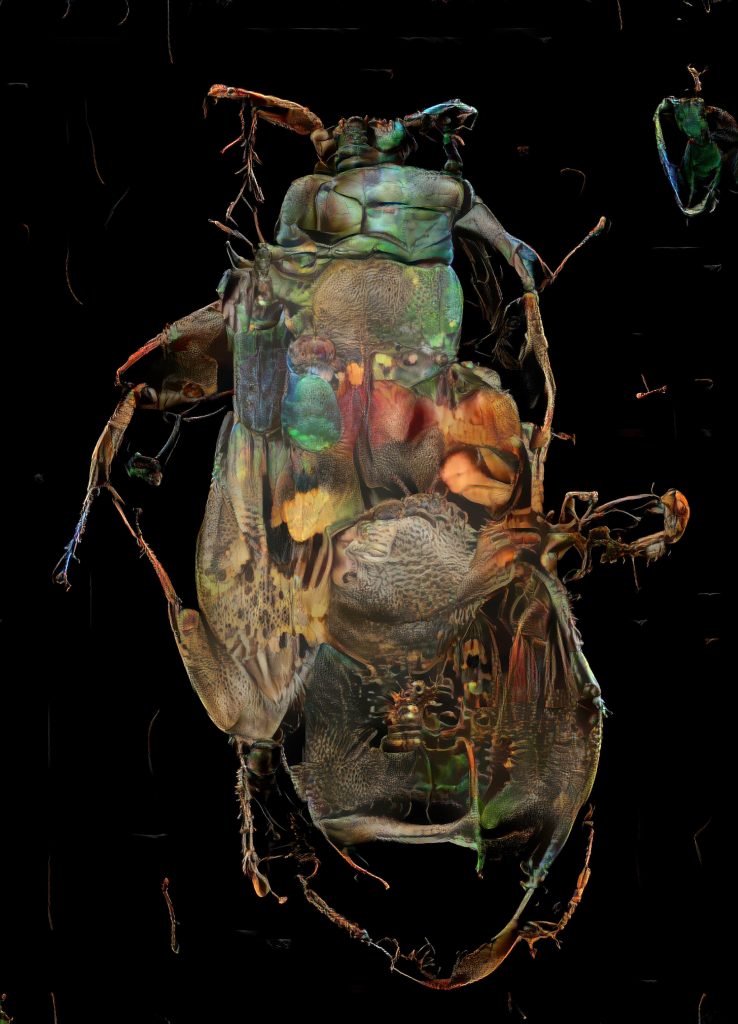
Based in Lisbon Portugal, Sofia Crespo is an accomplished artist and curator who primarily focuses on creating biologically inspired artificial intelligence-generated videos and images. The images are bizarre and ethereal, yet are rooted in familiar systems such as neural pathways, sea creatures, human organs, fungi, and animals. She programs her own project-specific custom AI software through which she runs her base images, using the AI to draw otherworldly connections between the earthly base images, which is incredibly admirable because she is able to seamlessly blend the computer-generated aspects of her work with a more analog process of physically retouching the images. While studying at Miami Art Direction School, she developed her love for AI generative art practices, and combined this passion with her interest in biology, resulting in her current technique. She no teaches workshops, gives talks, and does residencies in addition to making her own artistic works.

![[OLD SEMESTER] 15-104 • Introduction to Computing for Creative Practice](../../../../wp-content/uploads/2023/09/stop-banner.png)



